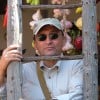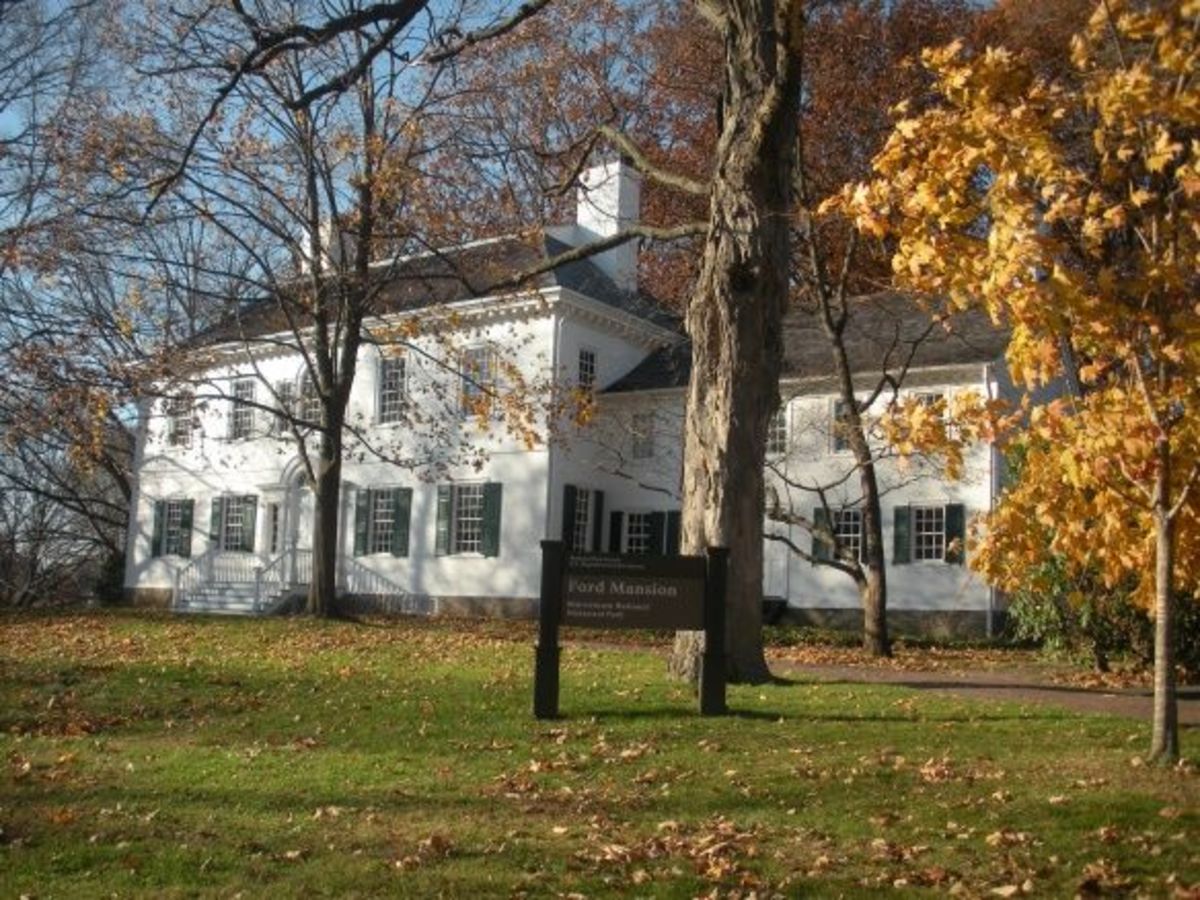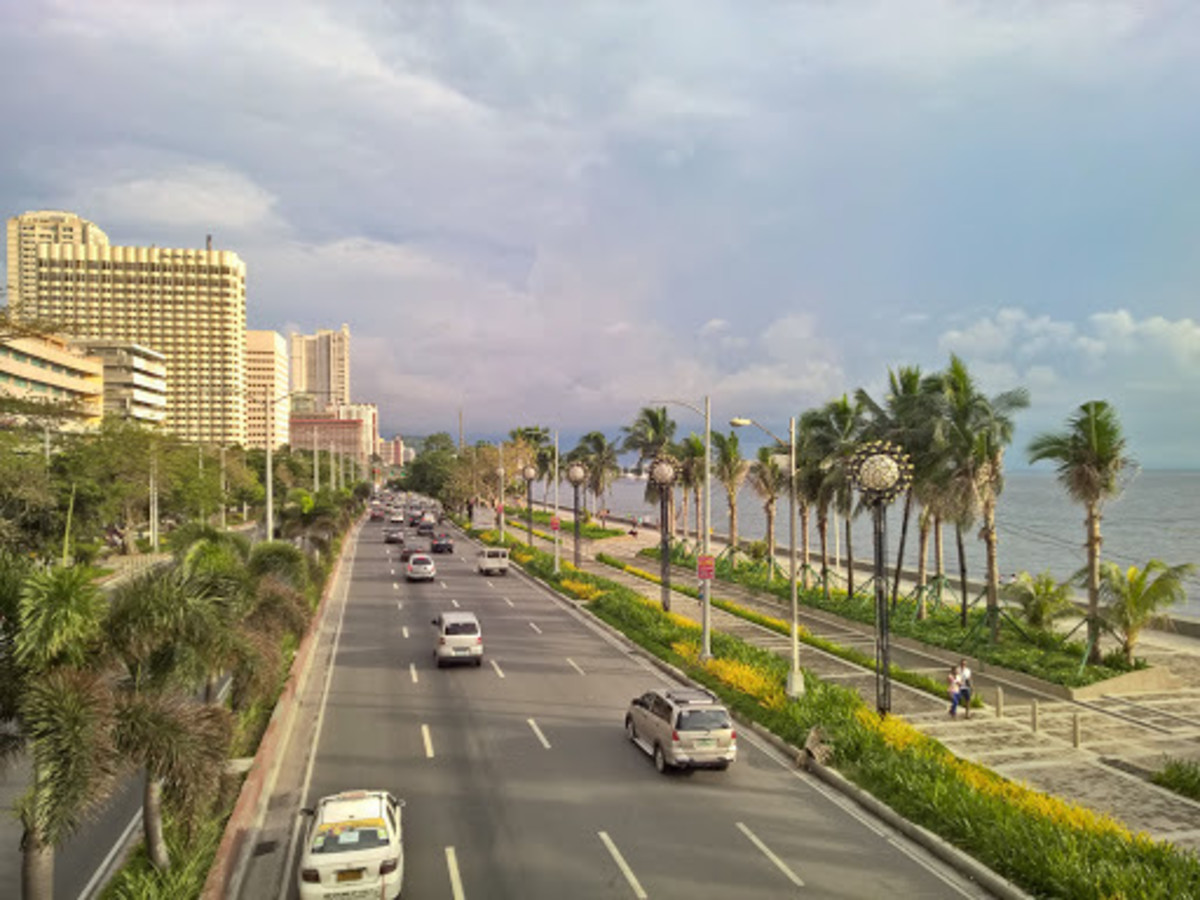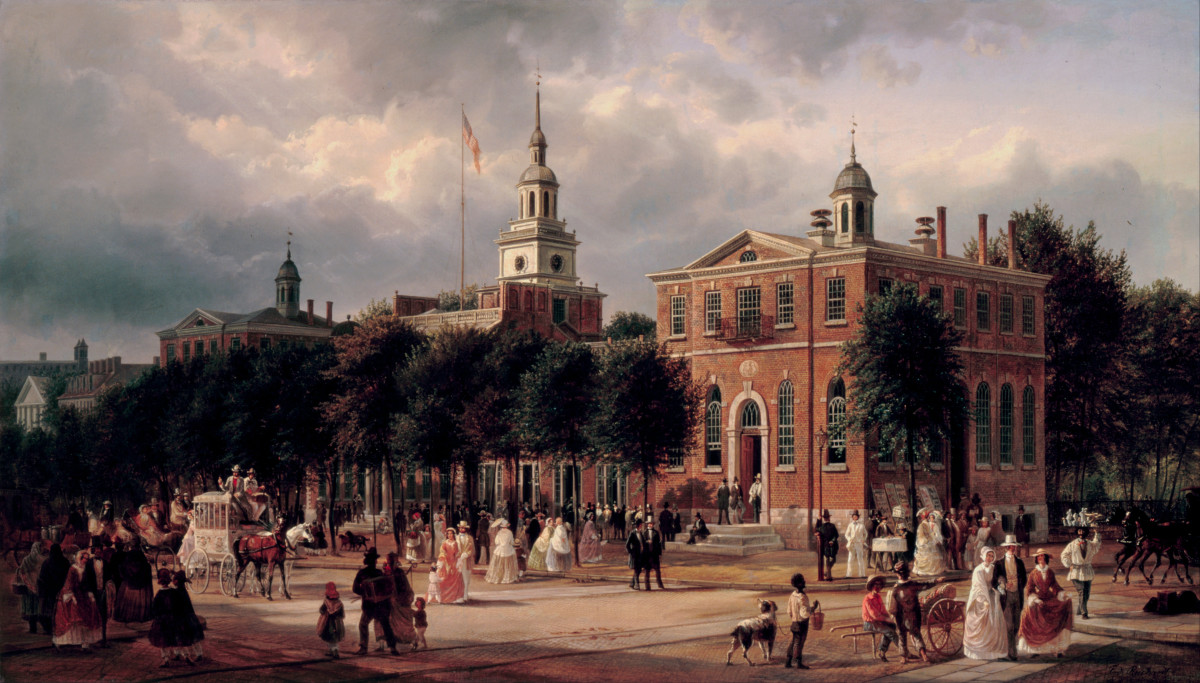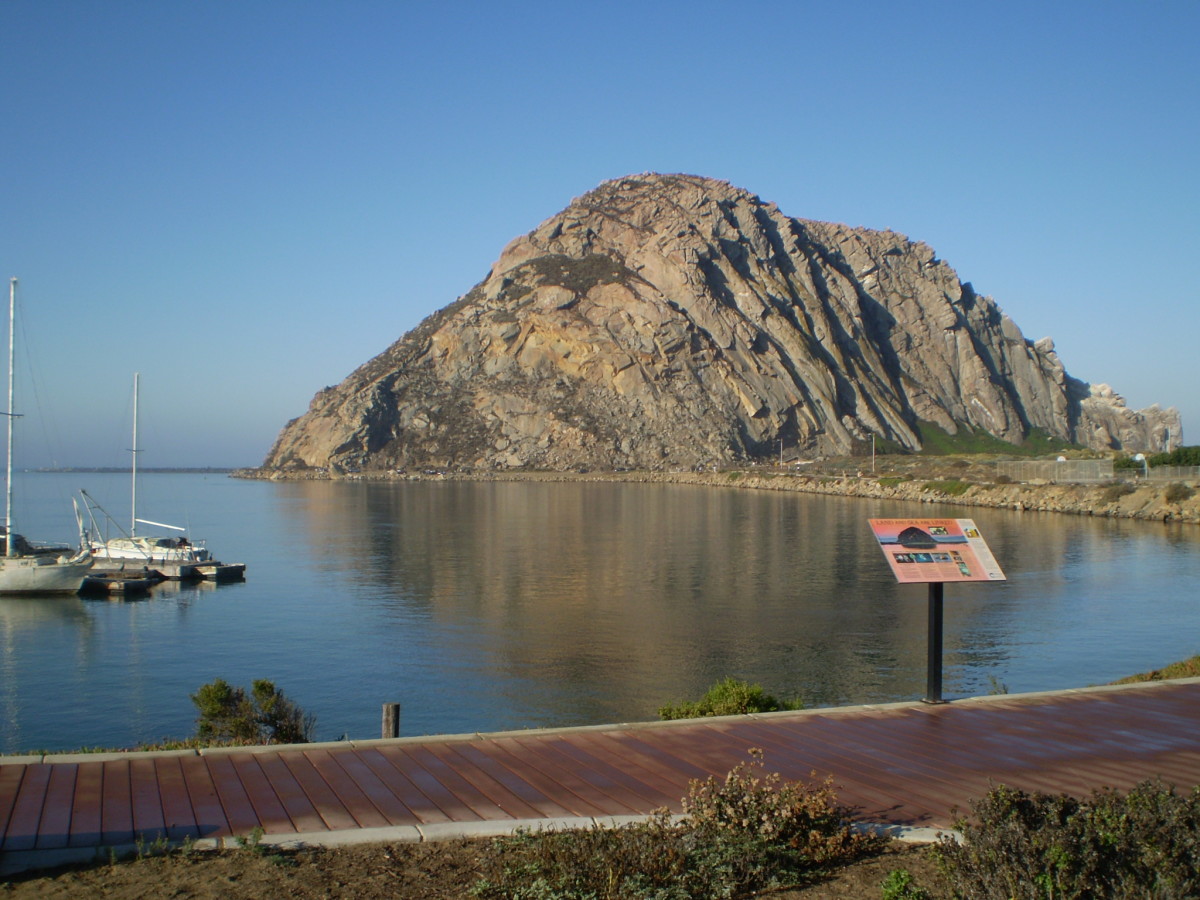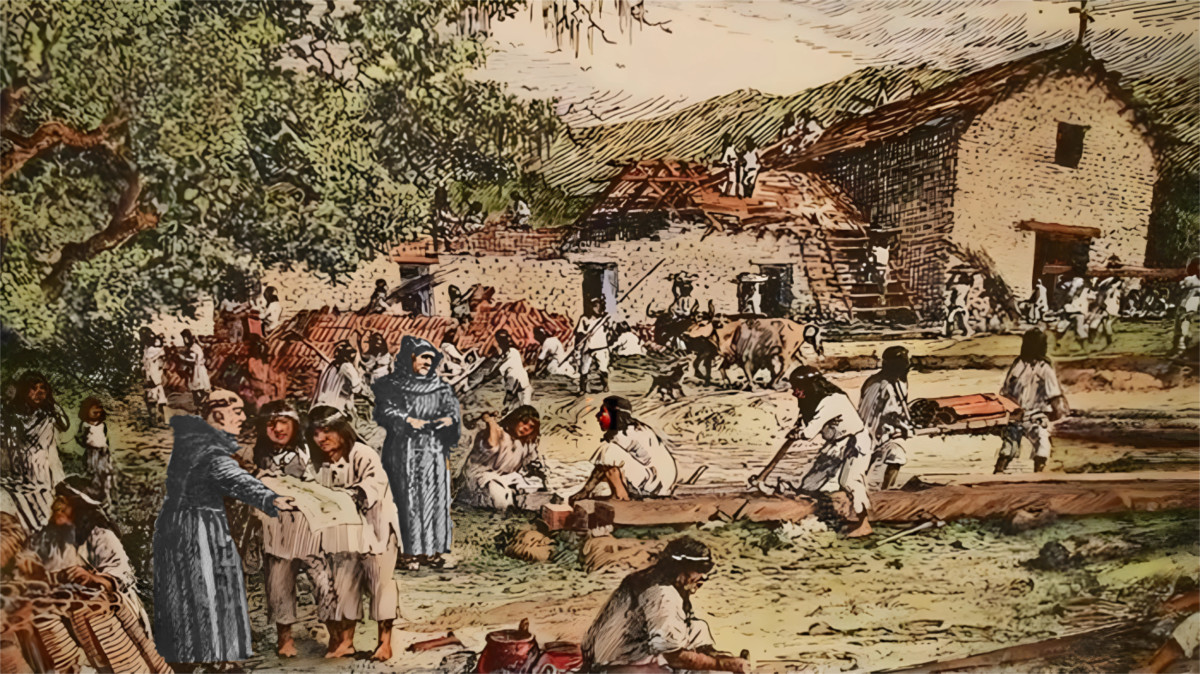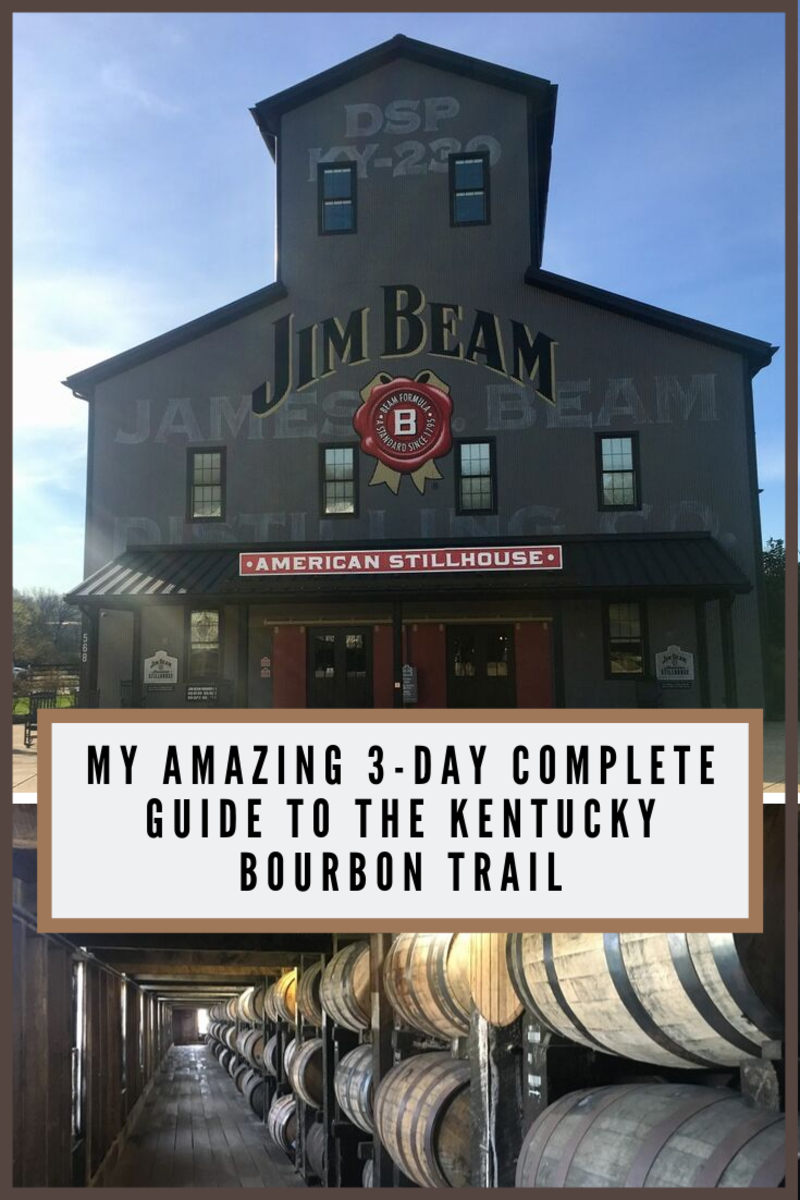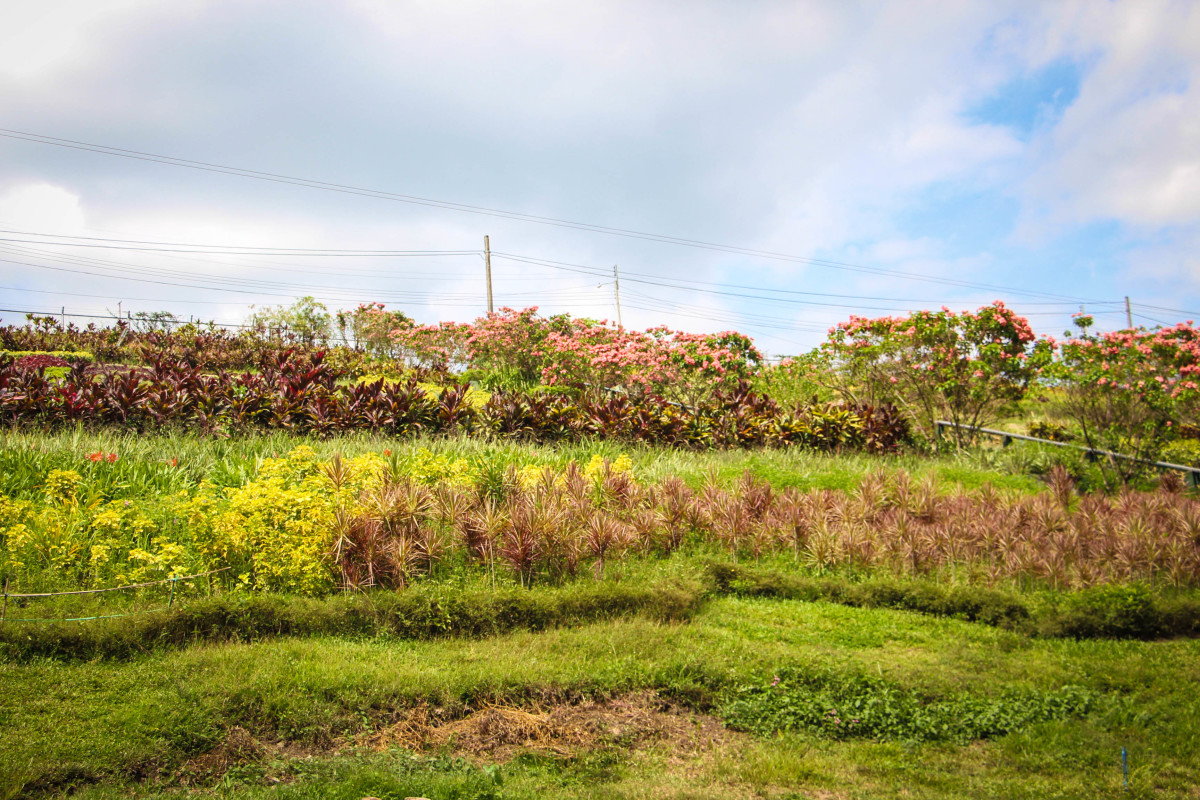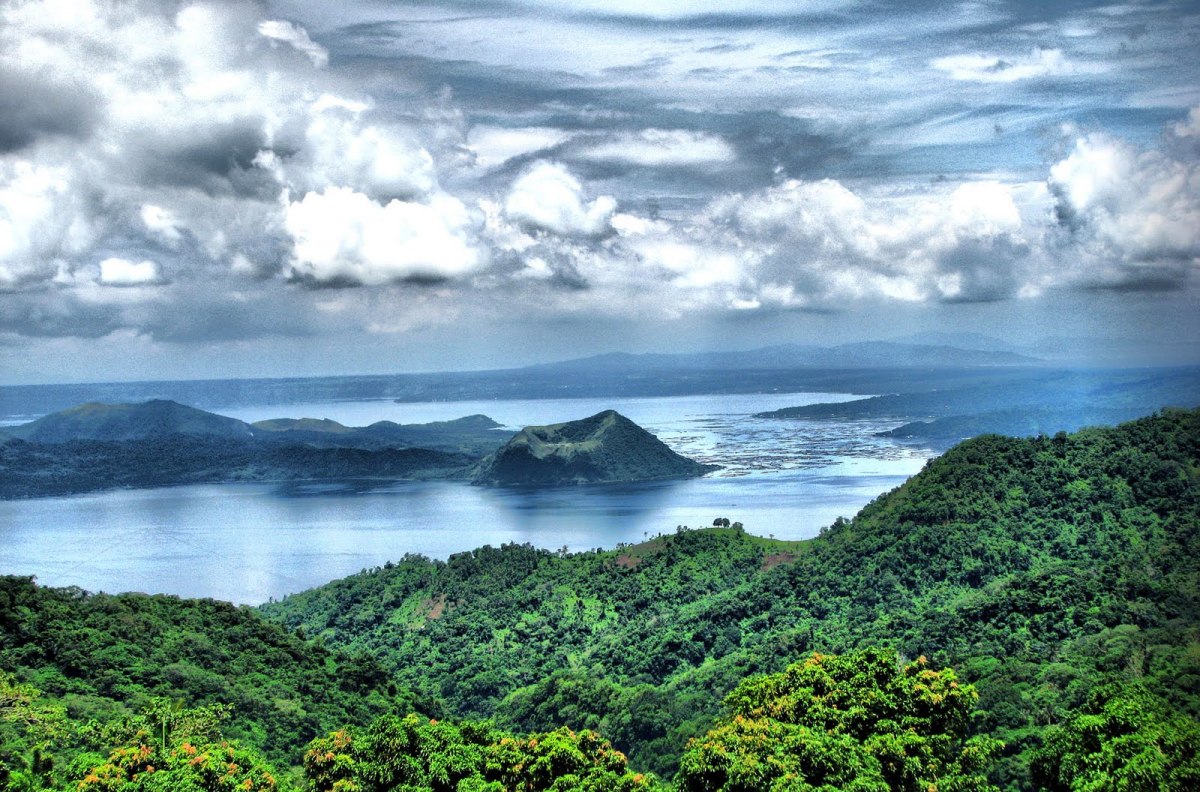Santa Fe, New Mexico - Sense The Whispers Of The Past Among The Ruins Of A Spanish Mission And In A Kiva
Illumination From The Heavens
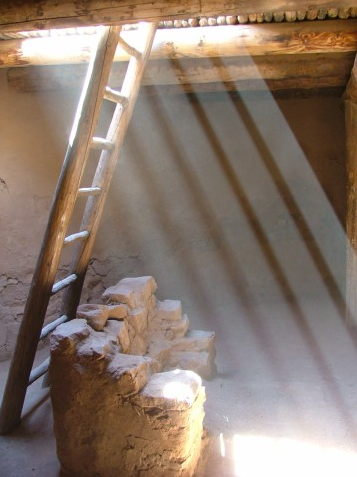
A Kiva Built In Protest
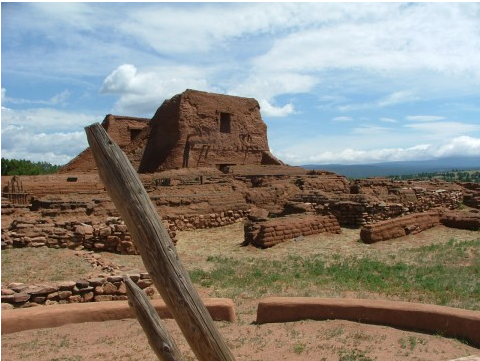
Interior: Ruin Of A Spanish Mission

Spirit Rising? In A Kiva
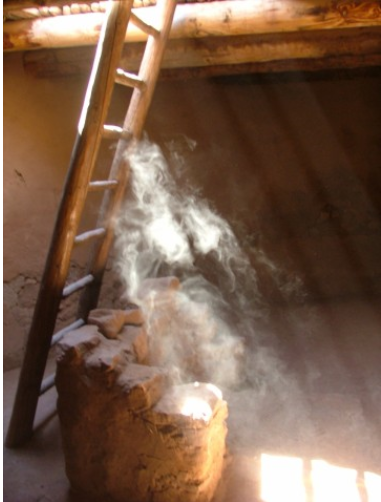
Kiva: A Native Spiritual Treasure Below Your Feet
Follow the dusty trail among the junipers and pinons in the Sangre de Cristo Mountains of New Mexico, and you’ll come across a crude wooden ladder protruding from a hole in the ground.
Descend the ladder and set foot in the silent, abandoned earthen womb of Mother Earth.
You can sense the spiritual connection in the solitude, sense the ancient whispers - the warmth of the sun casting a perfect bright circle at your feet.
This is a Native American kiva.
And what is found hovering above it some feet away is what launched the construction of the kiva - as a protest.
Indian Kiva & Spanish Mission: The Backstory
Twenty-five miles southeast of Santa Fe, along Interstate 25 through the Sangre de Cristo Mountains, is Pecos National Historical Park.
Pecos National Historical Park is the site of a 1.2 mile trail that takes you from the back door of the E.E. Fogelson Visitor Center to the ruins of Pecos Pueblo, the remains of an adobe village originally established around 1100 AD.
However, archaeological evidence indicates that the site has hosted human habitation for nearly 7,000 years.
Descendants of the original inhabitants abandoned Pecos Pueblo in 1838 when Comanches relentlessly harassed the residents of the village. The Inhabitants moved into the Jemez Mountains near what is now Los Alamos.
Years before Christopher Columbus set sail in 1492, more than 2,000 Native Americans lived in the mud and rock homes - the largest single native settlement in the American Southwest.
Spanish explorer Francisco Vasquez de Coronado visited what is now Pecos National Historial Park in 1540, which led to the construction of the first Spanish mission on that site in 1619 – Mission Nuestra Senora de los Angeles de Porciuncula de los Pecos.
Translated, this means Our Lady of the Angels of the Pecos. Porciuncula is a variation of the Latin word which means “small parcel of land.”
However, the remains that you encounter along the trail is actually the third incarnation of the Spanish Mission. It’s believed that Franciscan Friar Pedro Zambrano Ortiz constructed the original church in 1619.
Since the natives didn’t want the church close to their homes, the mission was built about 450 yards from the pueblo.
It appears that the natives eventually built a wall between their pueblo and the church, because records reveal that the second edition of the mission was constructed outside walls in about 1625. It is believed that it was at this time that the Pueblo Indians constructed the kiva practically adjacent to the Catholic Spanish mission as protest.
This second mission structure lasted about 55 years. The church was eventually destroyed in 1680 during the great Pueblo Revolt that ejected the Spanish survivors of the state-wide massacre. The Native Americans of the area developed a coordinated yet highly primitive effort that successfully launched a simultaneous attack on the Spaniards throughout what is now New Mexico.
In 1693, the Spaniards met with little resistance when they returned to New Mexico and the area. It was then that the third incarnation of the Spanish mission was built.
It is the remains of this latest mission that you encounter on the trail, built on the foundations of the earlier versions.
The Original Interior: Compare This With The Interior Photo Above
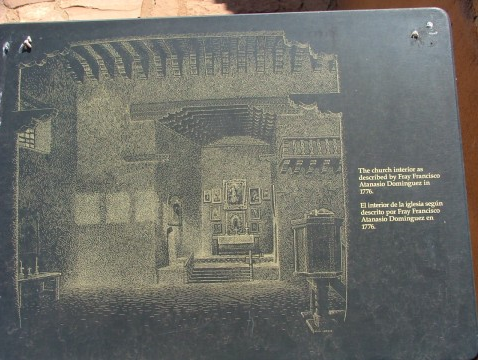
Pecos Pueblo Spanish Mission: Before & After
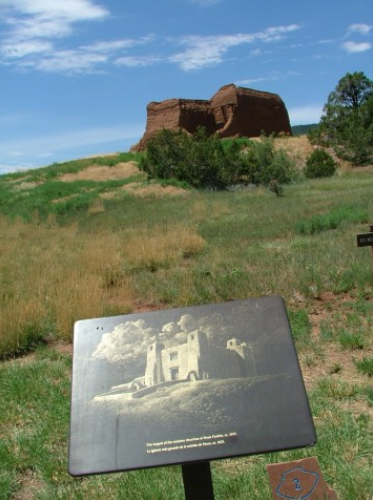
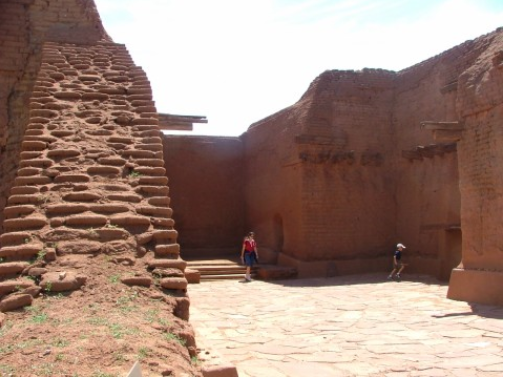
Spanish Mission Walls
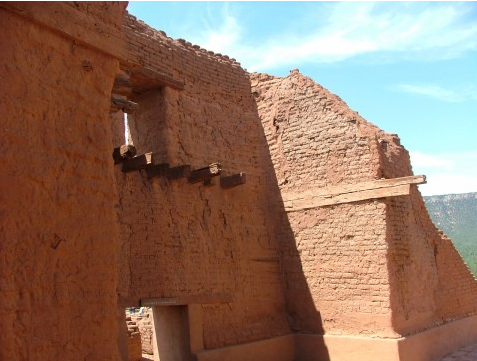
Remains of Pecos Pueblo
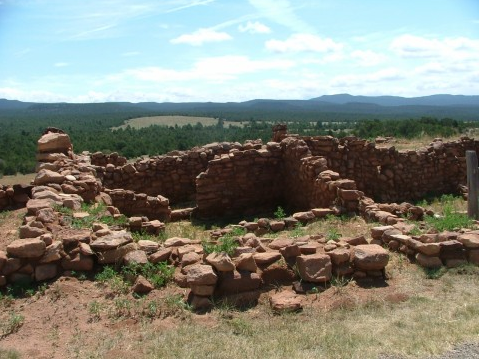
Pecos Pueblo Foundations
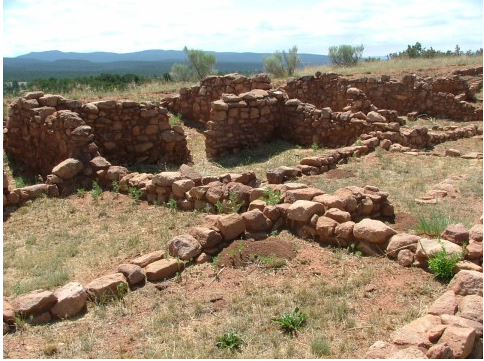
A View From The Altar
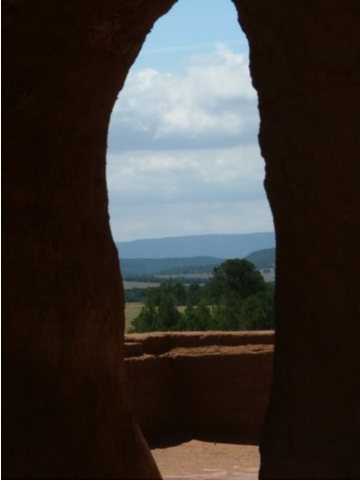
Trek Through History At Pecos National Historical Park In New Mexico
You might be tempted to pay your $3 admission fee and exit out the back door to immediately start your trek to the ruins, however, it would be wise to watch an informative, short video and study the timeline to know and appreciate what you are about to encounter.
With a tour brochure in hand, you start your exploration from out the visitor center’s park door.
While the trail is paved, you’ll find a bit of an incline as you progress on your self-guided trek. Informative placards along the way, correspond with locations on your brochure, which explains the significances of the spot.
As you progress further up the trail, you will see in the distance the backside of what remains of the – Mission Nuestra Senora de los Angeles de Porciuncula de los Pecos.
You veer to the right, away from the mission ruins to find stone fences. Further still, you’ll encounter the foundations of the stone and mud homes that stood five stories. Outlined on the ground with stone are what once were rooms.
The trial meanders through this portion of the park, an opportunity to take in the panorama of the Sangre de Cristo Mountains, or the Blood of Christ Mountains, as you approach the mission and the kiva.
The trail finally takes you to the former entrance of the mission. A large engraved plaque depicts the interior of once glorious mission.
You can enter the mission and walk the floor, imagining the grandeur of the church. One can only imagine how the native Indians felt to have such an intrusive structure as the symbol of the invaders religion while they practiced their own generations-old rituals.
In fact, the kiva that you encounter some 450 feet from the church was purposefully constructed near the church as a protest of the Spanish friars crusade to convert them.
Descend the crude wooden ladder into the kiva. You can almost sense the centuries of prayers, incantations and murmurs locked in the earthen walls.
Sit against the wall, close your eyes and open yourself to the history.
The E.E. Fogelson Visitor Center Near Pecos Village
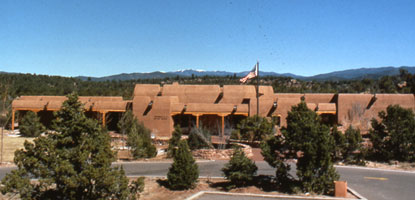
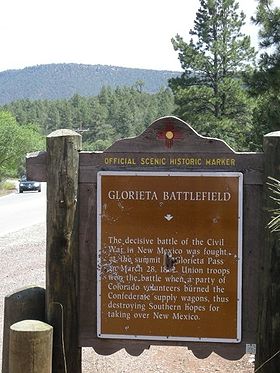
Actress Greer Garson
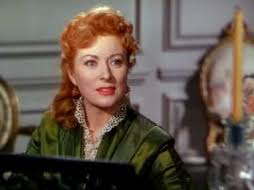
Civil War Battlefield And Actress' Ranch Part Of Pecos National Historical Park
The Pecos National Historical Park visitor center is more than a gateway to the mission and the kiva, ask the park rangers for a gate access code and a trail guide to the Civil War battle site of Glorieta Pass.
The battlefield is also part of the park; a 2 mile walk along the Civil War Battlefield Trail will take you to the battleground where the Confederate effort to capture Santa Fe were thwarted by Union Soldiers – keeping Santa Fe in Union control through the Civil War.
It was a three-day battle that was waged in March 1862.
A tour of Forked Lightening Ranch is also part of the park. It is here that actress Greer Garson and her husband Buddy Fogelson lived.
It was the generosity of the married couple, who donated their land and Forked Lightening Ranch, that compromises a majority of the park. The park’s visitor’s center was made possible by Garson and Fogelson’s funding.
Pecos National Historical Park
If You Go!
Pecos National Historical Park is a hidden treasure a short drive from Santa Fe.
If you decide to make it a day-trip, simply head get on Interstate 25 from Santa Fe. Exit 299 on Highway 50 to Pecos Village and south two miles on State Road 63 – if you are traveling north on I-25.
If you’re coming south on I-25, simply take exit 307 and travel four miles north on State Road 63.
Call ahead to confirm that entrance fees have not changed or if road conditions are suitable for traveling (depending on the season).
The park's visitor center is known as the E.E. Fogelson Visitor Center, and it is open 8:00 a.m. to 6:00 p.m. from Memorial Day through Labor Day. The center’s number is 505.757.7241.
Seasonal and Winter hours apply. The park is closed Christmas Day, New Year’s Day and Thanksgiving.
Camping is not allowed at Pecos National Historical Park. However, camping is allowed just north on NM Highway 63 at the Santa Fe national Forest. Call 505.757.6121.
